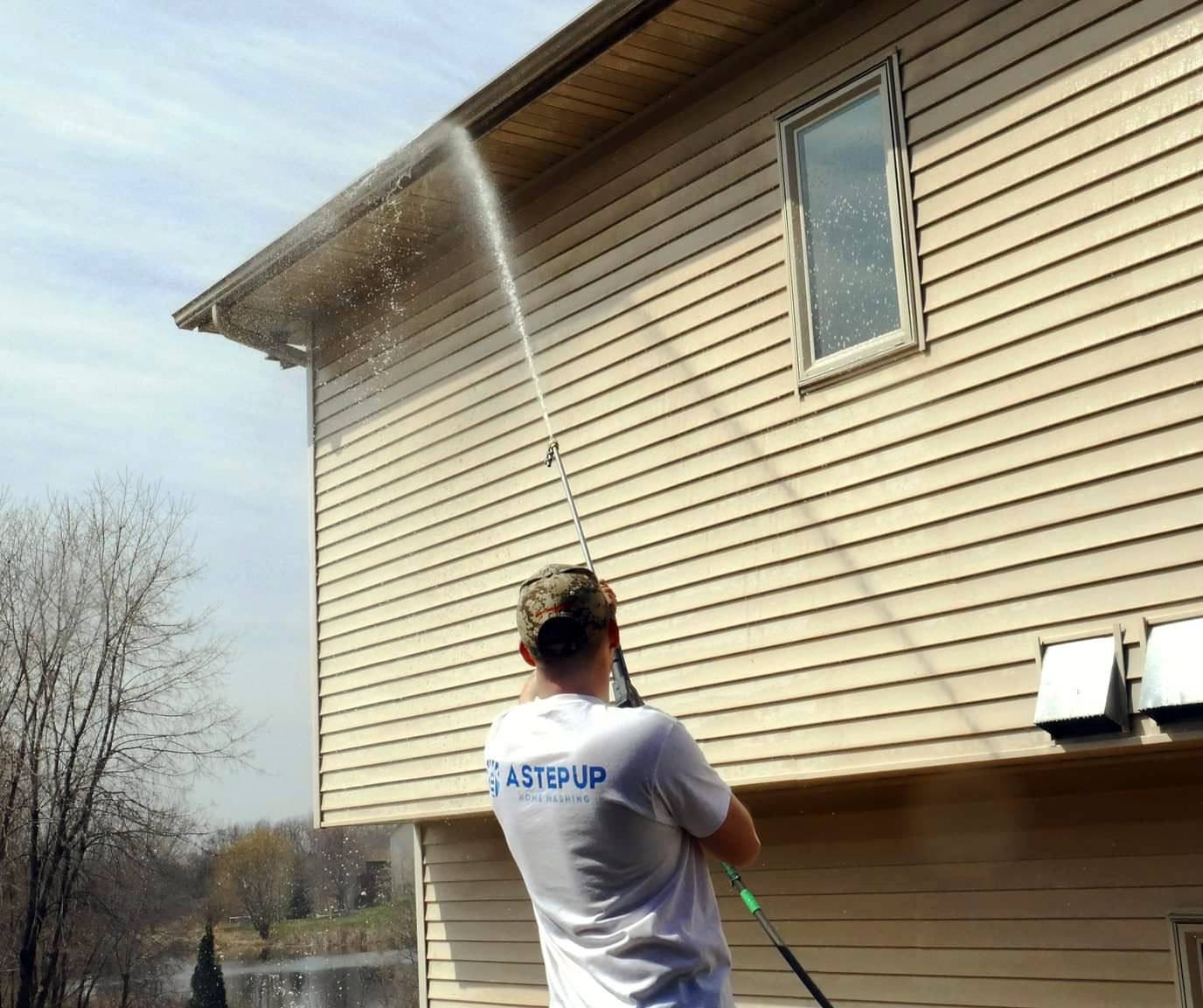Pressure washing is an effective way to improve the appearance of your home and premises, delivering a thorough cleaning that can eradicate grime, grime, fungus, and mildew. If you wish to maintain the integrity and beauty of your surfaces, mastering the art of pressure washing is crucial. Regardless of whether you are a newbie or have some experience, understanding the best practices for maintaining your pressure washer can help you time, cash, and hassle in the long run.
Routine washing not only boosts curb appeal but can also add to the longevity of your materials, from parking areas to decks. With proper care, your pressure washer can become a reliable tool that helps you tackle a variety of cleaning jobs around your property. In this guide, we will explore essential tips for maintaining your pressure washer, ensuring it remains in peak performance for years to come.
Comprehending Power Washing
High-pressure cleaning is a effective cleaning method that uses high-pressure spray of water to remove dirt, grime, fungus, mildew, and additional impurities from numerous surfaces. This technique is commonly used on residences, paths, patios, walkways, and business buildings. The effectiveness of high-pressure cleaning lies in its ability to get to surfaces that are challenging to clean by conventional methods, making it a favored option for property owners and businesses alike.
One of the notable characteristics of pressure washing is that it permits users to adjust the force of the water spray based on the material being cleaned. This versatility makes it ideal for a spectrum of applications, from solid surfaces like stone and brick to more delicate materials like wood and plastic. By observing proper safety measures, individuals can obtain thoroughly clean without causing damage to the underlying materials.
As you explore the world of high-pressure cleaning, it's crucial to comprehend the varying techniques, equipment, and cleaners that can improve the cleaning process. With the right tools and expertise, high-pressure cleaning can significantly boost the aesthetic and longevity of a property while also providing a lift to its visual attractiveness.
Do-It-Yourself vs. Professional Pressure Washing
When considering pressure washing, one of the first decisions property owners face is whether to take a DIY approach or enlist the services of a professional. The do-it-yourself pressure washing can be attractive due to cost savings and the satisfaction of completing a project on your own. For smaller areas like patios or walkways, using a leased pressure washer can be an effective way to wash surfaces without the added expense of employing someone. However, it requires knowledge of techniques and safety precautions to avoid damaging your property.

On the flip side, professional pressure washing services offer expertise and advanced equipment to the table. Experts understand which pressures and cleaning solutions are most effective suited for different surfaces, ensuring thorough washing without causing damage. They also have the experience to tackle tough jobs, such as get rid of significant mold and mildew growths or restoring a deck, which may be too much for a novice. Additionally, engaging experts can save you time and effort, as they can finish the job efficiently and accurately.
Ultimately, the decision between DIY and professional pressure washing hinges on several factors, including the scale of the project, your financial considerations, and your confidence level with operating power tools. For minor tasks, a DIY approach may work well, while bigger or more complex jobs are often best left to professionals who can deliver impressive results and reassurance.
Best Practices for Pressure Washing
When performing pressure washing, getting ready is essential to achieving the best results. Start by selecting https://valleywashpros.com/ for the job, ensuring that the pressure washer has suitable PSI and GPM ratings for the surfaces you will be cleaning. Collect necessary accessories such as nozzles, extension wands, and surface cleaners, and always read the manufacturer's guidelines for both the pressure washer and all cleaning solutions you'll use. This will help you prevent damage to surfaces while maximizing cleaning efficiency.
An additional important aspect of pressure washing is safety. Consistently wear protective gear, including goggles and gloves, to protect yourself from debris and dangerous cleaning agents. Ensure to check the weather conditions before starting; avoid washing on windy days or when rain is forecasted, as this can compromise the effectiveness of the cleaning process and lead to accidents. Properly set up barriers to keep children and pets out of the work area, ensuring a safe environment throughout the cleaning session.
Finally, practice effective cleaning techniques to enhance your efforts. Start with pre-rinsing the surface to remove loose debris and then apply appropriate cleaning solutions, allowing them to dwell for a short time before using the pressure washer. Maintain a consistent distance from the surface and apply smooth, sweeping motions to avoid streaks and damage. After washing, rinse off any remaining cleaning solution thoroughly, and consider following up with sealing treatments when needed to prolong the cleanliness and integrity of the surfaces you've treated.
